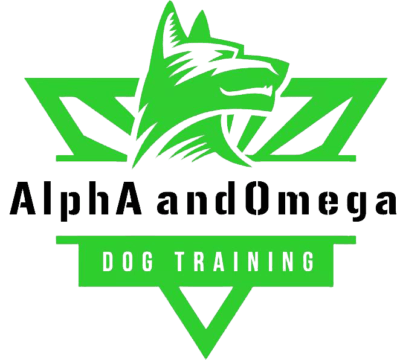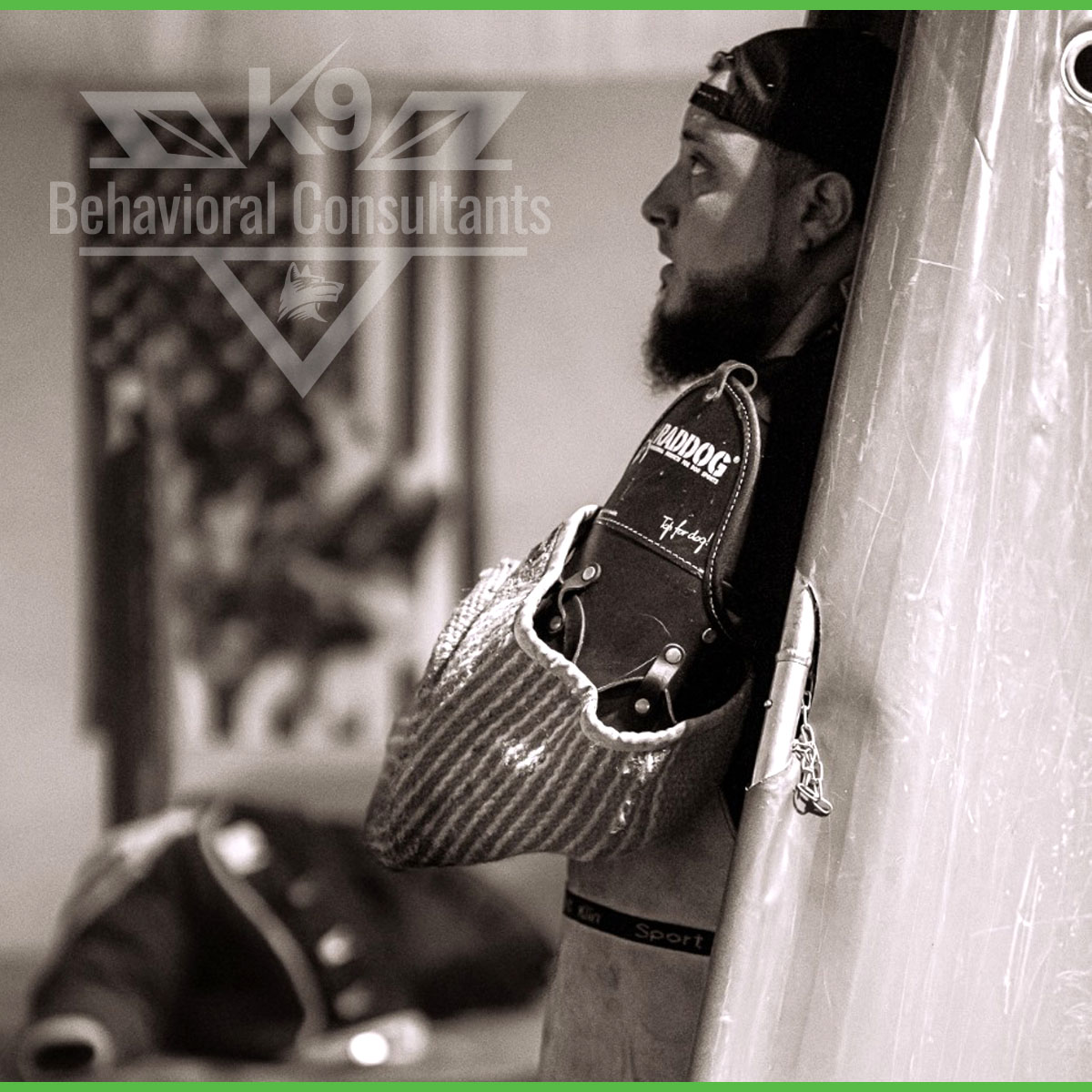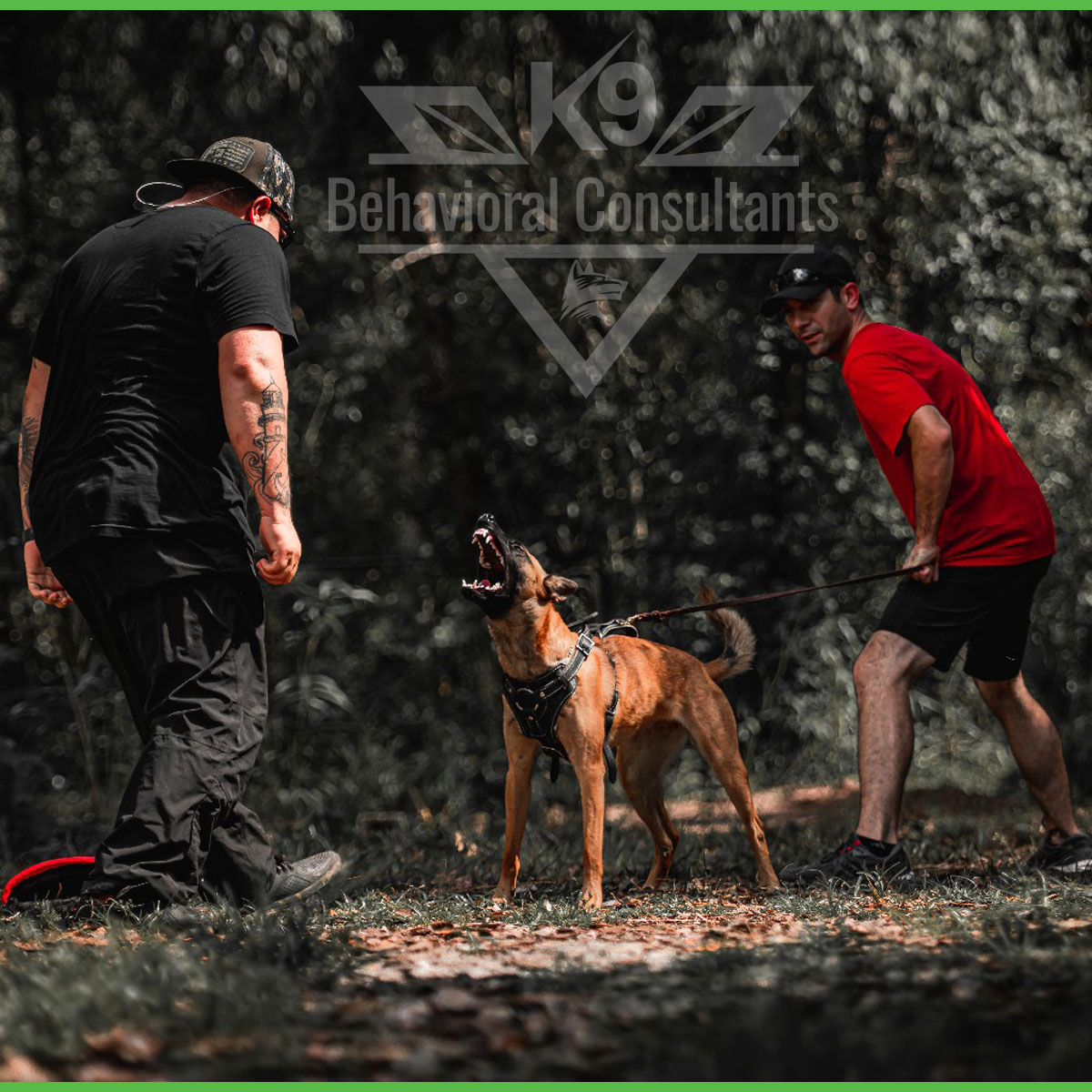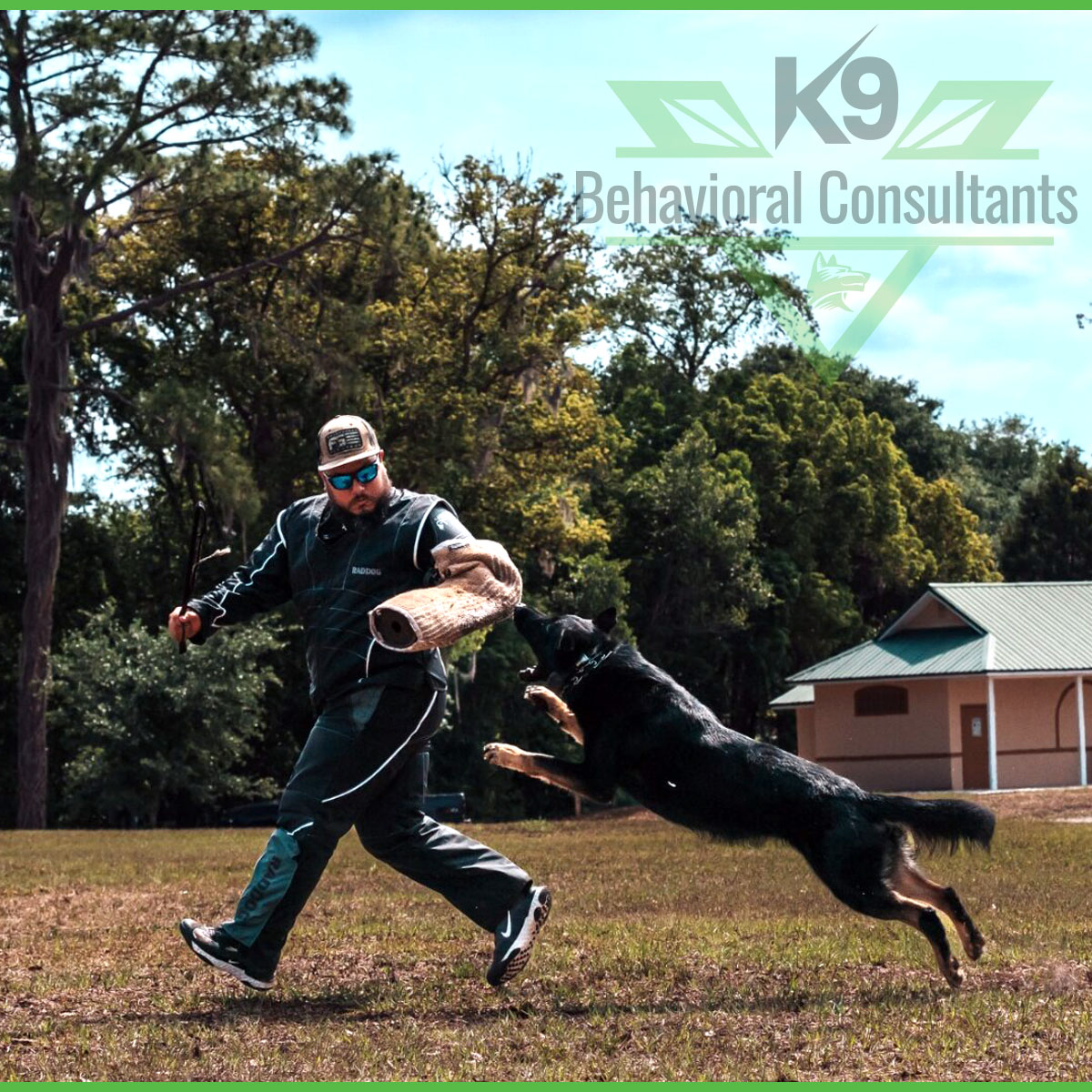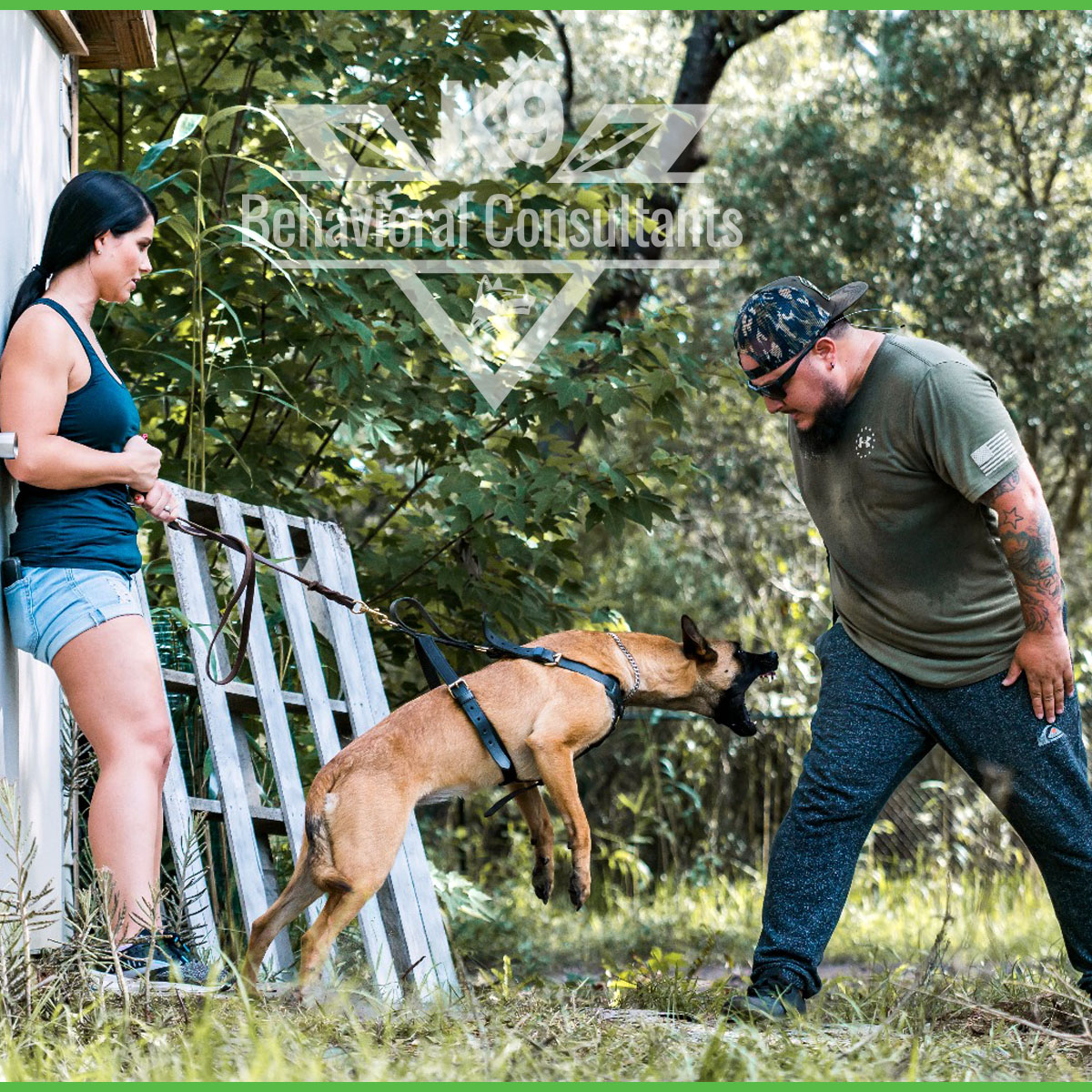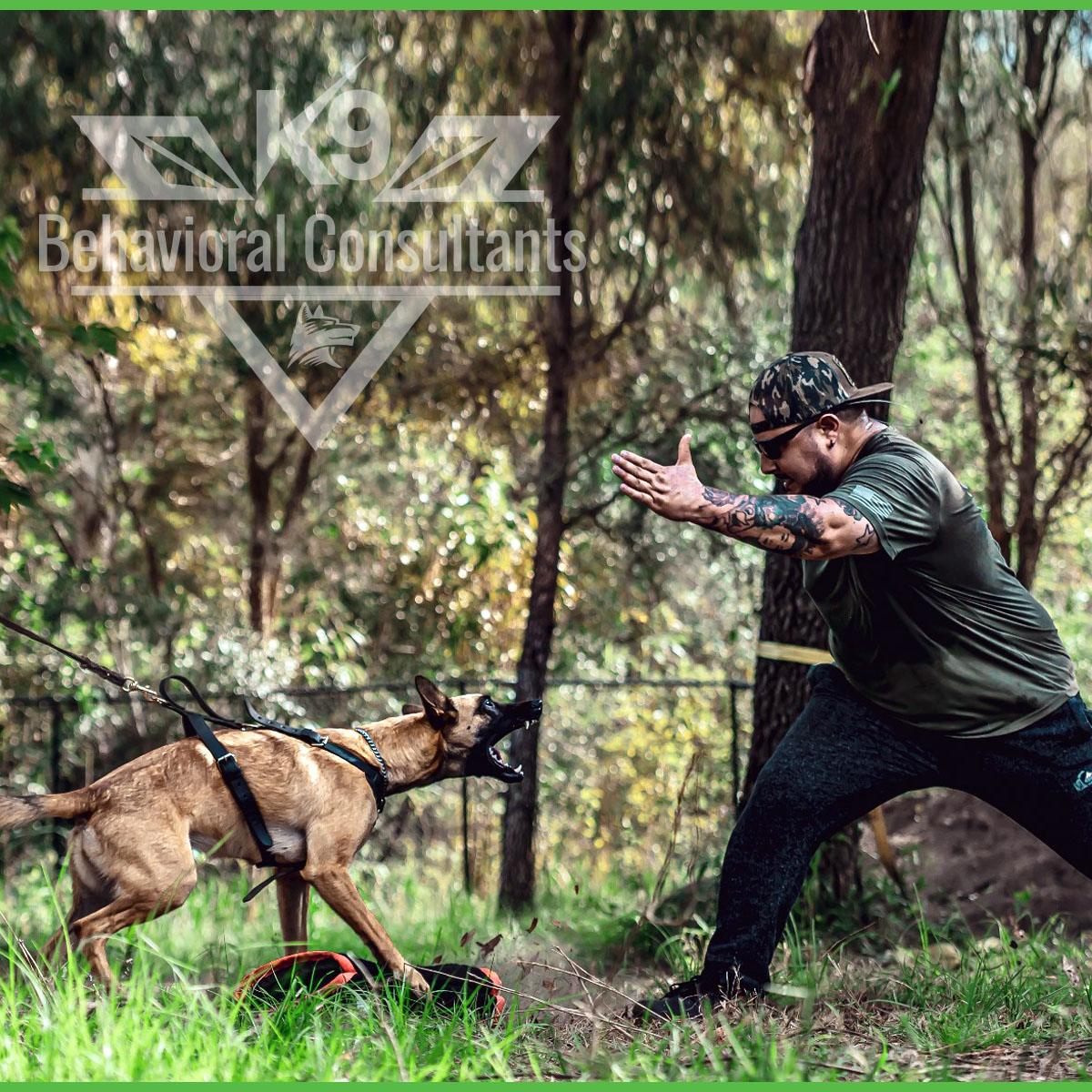Protection Dog Training Program

With your commitment and leadership, your dog will reach an advanced level of obedience resulting in an ideal companion for you and your family.
Protection Dog Training
Protection Dog Sport Training is a specialized canine training discipline that primarily focuses on three key elements: control, agility, and defense. Distinct from basic obedience training, protection dog sport training is designed to prepare dogs for various scenarios where they must act as a protective or defensive asset.
- Control: In protection dog sport training, control is paramount. Dogs are taught to exhibit precision and responsiveness in following commands, even in high-stress situations. They must quickly switch between various commands, like sit, stay, heel, and release on the handler’s cue. This control is crucial for maintaining order and ensuring that the dog’s protective behaviors are only activated when necessary.
- Agility: Agility training in protection dog sports emphasizes the dog’s physical prowess. The dog must be agile, quick, and nimble to navigate various obstacles and terrain effectively. This includes activities like scaling walls, crossing narrow bridges, and efficiently pursuing targets, all while maintaining their focus on the handler’s commands.
- Defense: The hallmark of protection dog sport training is the development of defensive skills. Dogs are taught to recognize threats and respond appropriately. This includes controlled aggression and the ability to apprehend or deter potential intruders or assailants while maintaining self-restraint. The training is often conducted with specialized equipment and skilled decoys who simulate threats in a controlled environment, ensuring the safety of all participants.
In summary, protection dog sport training stands apart from basic obedience training by honing a dog’s control, agility, and defense capabilities in a challenging and structured environment. This specialized training equips dogs to act as protective assets when required while maintaining impeccable obedience and precision in their actions.
Our Protection Program includes:
A professional protection dog training program offers a comprehensive range of services to clients who seek highly trained and disciplined dogs for personal or security purposes. Below is a detailed breakdown of what such a program typically includes:
1. Initial Consultation:
The training program usually begins with an initial consultation. During this phase, the client discusses their specific needs, concerns, and goals with the trainer.
The trainer assesses the client’s living situation, lifestyle, and any security requirements to tailor the training accordingly.
2. Assessment and Selection:
The training program involves selecting a suitable dog for the client’s needs. This may include choosing a breed or evaluating an existing pet dog.
The dog’s temperament, drive, and compatibility with the client’s requirements are assessed to ensure a good fit.
3. Obedience Training:
The foundation of protection dog training is obedience. Dogs are taught basic obedience commands such as sit, stay, heel, recall, and down.
Advanced obedience commands are also included, like off-leash control and quieting on command.
4. Protection Training:
This is the core component of the program. Dogs are trained in controlled aggression and defense. They learn to recognize threats and respond appropriately.
Training includes apprehension work, bite work, and controlled guarding behaviors.
Dogs are taught to protect their handler, family, or property while remaining under the handler’s command.
5. Agility Training:
Agility training is essential to ensure the dog can navigate different terrains and obstacles with ease.
This training enhances the dog’s physical abilities and coordination, making them more effective in real-life situations.
6. Environmental and Socialization Training:
Dogs are exposed to various environments, situations, and people to ensure they remain confident and adaptable.
Socialization with different animals and people is essential to prevent over-aggressiveness or fear.
7. Handler Training:
Clients are actively involved in the training process. They are taught how to handle their protection dog effectively and to give commands.
Clients learn to maintain the dog’s training and ensure it remains obedient and reliable.
8. Regular Progress Assessments:
The training program includes ongoing assessments to track the dog’s progress.
Adjustments are made based on the dog’s performance, ensuring it meets the client’s specific requirements.
9. Continued Support:
Professional protection dog training programs typically offer post-training support to clients.
Trainers remain available for follow-up consultations and assistance with any issues or questions that may arise.
10. Legal and Ethical Considerations:
Clients are educated on the legal and ethical aspects of owning a protection dog.
They are made aware of their responsibilities regarding the dog’s behavior and safety.
11. Certification and Documentation:
Upon successful completion of the training program, clients are provided with certificates and documentation for their protection dog, demonstrating its training and reliability.
12 Lifetime Care and Maintenance:
Many programs offer lifetime care and maintenance options to ensure the dog remains well-trained and healthy throughout its life.
A professional protection dog training program is a comprehensive and highly specialized service designed to equip clients with a loyal, well-trained, and capable protective companion. It requires a commitment to ongoing training, discipline, and responsibility for both the dog and its handler.
Curriculum:
Training a protection dog is a serious and specialized endeavor that requires careful planning and expert guidance. If you are interested in the protection dog training program, we will start by evaluating you and your dog and make specific recommendations. This curriculum is a general outline and may differ from where we start with your dog.
Prerequisites:
- Basic obedience training: Your dog should have a strong foundation in basic obedience commands like sit, stay, heel, come, and down.
- Socialization: Your dog should be well-socialized with people, other dogs, and various environments.
Protection Dog Training Curriculum:
Phase 1: Foundation Training
- Bite Development:
- Introduction to bite sleeves and bite suits.
- Introduction to bite work equipment (e.g., bite pillows).
- Teaching the dog to grip firmly but without excessive aggression.
- Developing controlled biting behavior.
- Bark and Hold:
- Teaching the dog to bark and hold a threat under control.
- Developing the dog’s ability to respond to commands during the “bark and hold” exercise.
Phase 2: Alert and Hold Training
- Alert Training:
- Teaching the dog to alert you when it senses a threat.
- Using a command word to indicate when the dog should alert.
- Hold Training:
- Teach the dog to hold the threat under control until given a release command.
- Developing the dog’s ability to hold without biting or causing harm until necessary.
Phase 3: Controlled Aggression Training
Controlled Aggression:
- Teaching the dog to display controlled aggression on command.
- Ensuring the dog can distinguish between real threats and non-threats.
Phase 4: Scenario-Based Training
- Scenario-based training:
- Training the dog to respond appropriately to various scenarios involving real and simulated threats.
- Training in different environments, including urban and rural settings.
- Handler Protection:
- Training the dog to protect its handler from threats.
- Developing the dog’s ability to provide physical protection if needed.
Phase 5: Legal Considerations
Legal and Ethical Considerations:
- Understanding the legal responsibilities and liabilities associated with owning and training a protection dog.
- Ensuring that the dog’s training and behavior comply with local laws and regulations.
Phase 6: Maintenance and Ongoing Training
- Maintenance Training:
- Regular reinforcement of all skills and commands.
- Ongoing training to keep the dog sharp and responsive.
- Safety and Welfare:
- Regular health check-ups for the dog.
- Ensuring the dog’s well-being, including proper nutrition and exercise.
- Continuous assessment of the dog’s temperament and behavior to ensure the safety of both the dog and the handler.
It’s crucial to emphasize that protection dog training should be conducted by professionals who have experience in working with protection dogs. Training a protection dog is not a DIY project, as it involves a high level of skill and knowledge to ensure the safety and well-being of both the dog and the handler. Always prioritize safety and ethical considerations when training a protection dog.
We currently provide the best professional dog training services in the following major cities, their surrounding areas, and other locations as well.
We come to you! Call us to get your questions answered and for your complimentary phone consultation.
